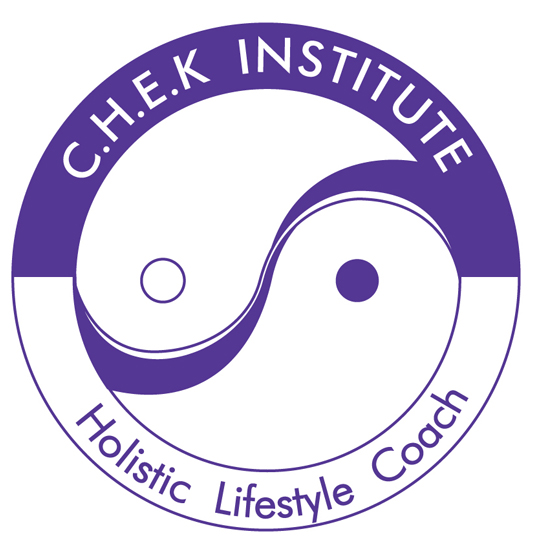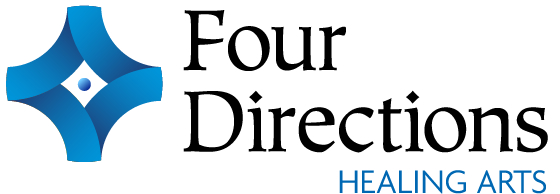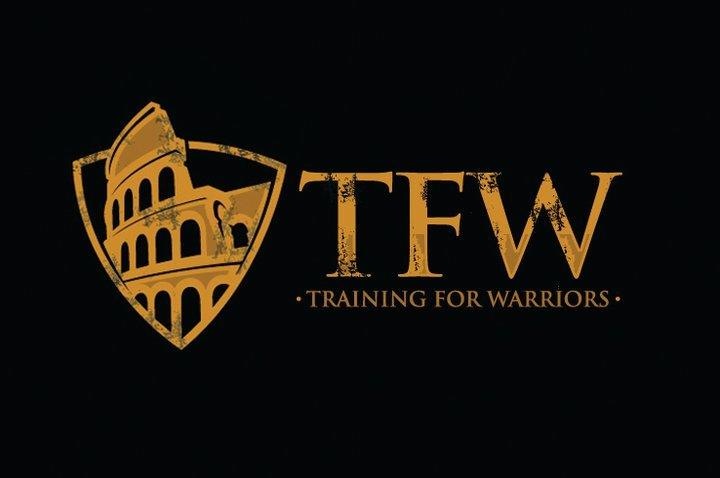Four Directions Training Programs
One on One Training, Group Classes and Workshops.

What Are Your Personal Needs?
• Do you wish to improve the quality of your life and overall health?
• Do you have chronic aches and pains or nagging injures that don't seem to heal?
• Do you need to lose body fat , gain muscle or improve your performance?
• Do you have poor posture, headaches or poor sleep patterns?
• Do you experience low energy, feel sluggish, or have digestion problems?
These are some signs of physical, emotional and nutritional stress.
We live in stressful times, information overload, deadlines, bills, work,family ect.
Stress is the root of many peoples imbalances.
Are you ready to workout smarter, not harder, to increasing your energy and vitality?
Goals
To create a solid foundation internally and externally through phases of training.
To improve overall body function with the increase of strength and coordination.
Decrease body fat and weight loss while increasing lean body mass and muscle tone.
Strengthen the immune system, reducing physical and emotional stress.
Correct muscle imbalances, improve posture and learn how to stabilize the joints by controlling the movements to increase performance and improve overall technique.
Program Design
Four Directions Healing Arts will design an and individualized specific plan to achieve your goal with the use of western exercise, eastern exercise or both. Training is systematic and progressive, from easy to hard, known to unknown, stable to unstable environments.
Types of equipment used will be stability balls, cable, bands, medicine ball, wrist weights, dumbbells, etc.
Phases of Training
Stabilization Training
Muscle imbalances are caused by faulty movement patterns, poor skill, or technique and receptive movements. An example of a receptive movement would be sitting at a computer which creates postural stress. Rounded shoulders are a very common imbalance creating tightness in the chest and weakness in the back this creates stress on the shoulder joint, neck and spine. When an imbalance occurs the misalignment of the body causes excessive stress on joints and muscles causing pain, stiffness, muscle spasms, and headaches. The end result is injury. We all suffer from some kind of muscle balances and probably don't even know it until you have some unknown pain or injury. To correct this imbalance your program will start with stabilization techniques.
In this approach stabilization training is the foundation of your workout program improving your posture, correcting muscle imbalances, and learning how to stabilize your joints. By controlling your movements you will improve core strength, balance and flexibility by using a lighter weight load with higher repetitions at a slower rate of speed.
Strength training
Once you have created your foundation through stabilization training you will move toward strength training, which is designed to attain maximum strength while increasing muscle size and decreasing body fat. You will use a heavier weight load and fewer repetitions with a faster yet more controlled rate of speed.
Strength training is where most people start their training program. However, without the foundation of stabilization training preceding this, it is extremely challenging for the body to reach this higher demand causing more stress on the body and increasing the chance of injury.
Power training
Power training is designed to increase your reaction time and performance. This is similar to training at full speed how an athlete would train, for agility through quick powerful, explosive movements. You do not need to be an athlete in order to train in this manner, you simply need to be able to control the movements by having completed the first two stages of training.
In this stage, you will use even fewer repetitions and a very fast explosive speed of training. You will be training using realistic everyday life patterns of movement but at a much higher level of demand. It is important to be able to train at full speed for a short period of time to keep your body at maximum capacity.
Types of Training





